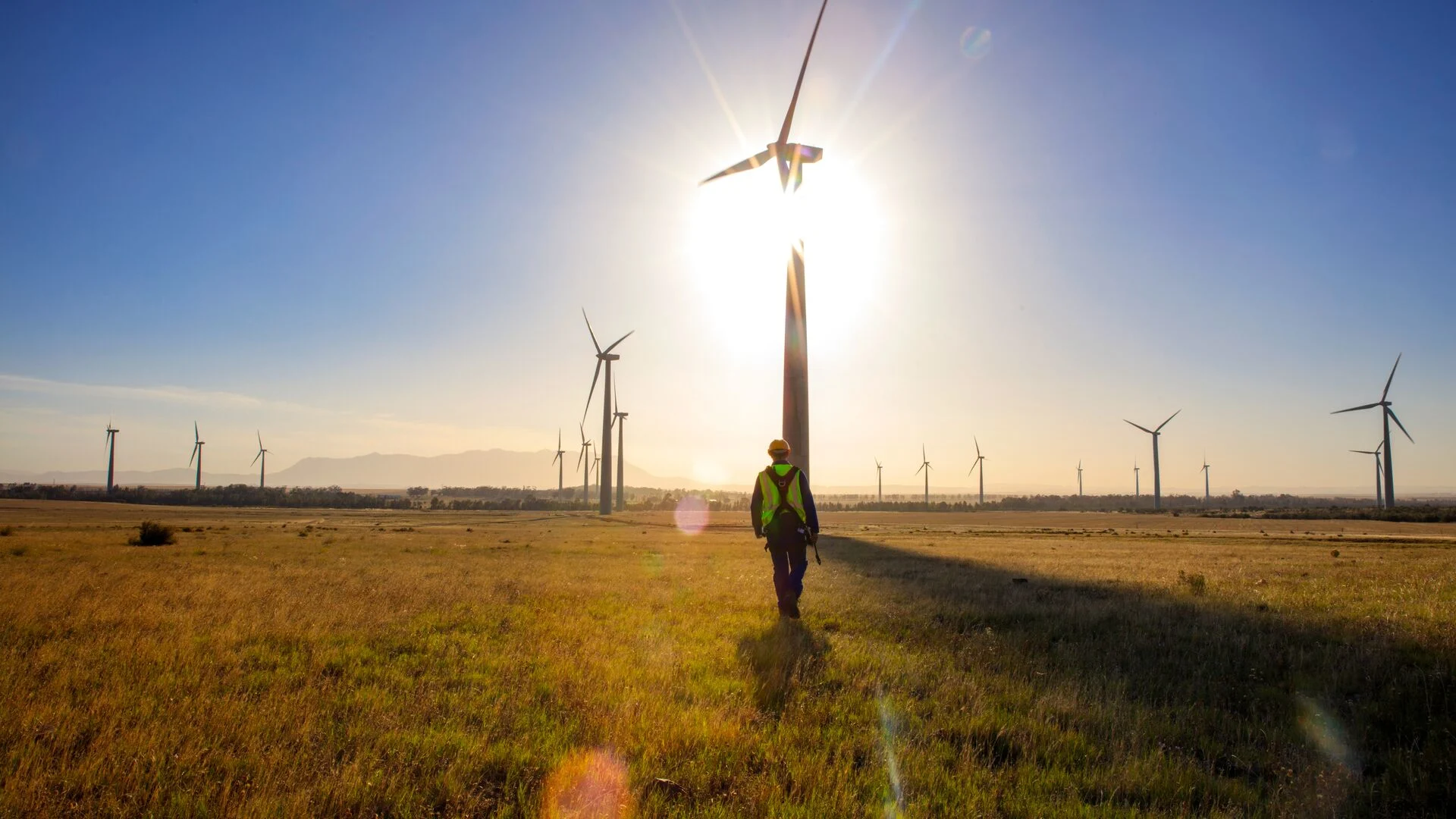How cellular IoT is helping to keep people safe

|
|
|
Oct 06, 2025
3 minute read
From lone workers and security personnel to victims of crime, keeping vulnerable individuals safe whilst on the move is a major challenge for businesses and the wider society.
The Internet of Things or IoT can do much to help protect these people with equipment like connected cameras, GPS trackers or movement and environmental sensors.
Thanks to the reach, mobility, security and ubiquity offered by cellular IoT connectivity, uptake of such solutions is on the increase.
Protecting lone workers
Industry analyst, , estimates that the number of lone workers using connected safety solutions in Europe, North America, Australia and New Zealand reached 2.3 million in 2024 and will reach 3.2 million by 2029.
Cellular-connected with push-to-talk, GPS, fall detection and red-button alert functions help protect employees working in hazardous and often remote locations like mining, drilling or construction sites.
Similarly, lone workers in regular contact with the public – like home health visitors and delivery workers – can be protected by accidents, theft, violence or aggressive behaviour while out and about.
Protecting security personnel
Cellular-connected vehicle and body worn cameras can also enhance the safety and operational efficiency of security personnel.
For example, live steam can collect footage even while moving at speed for better visibility into field operations, as well as keep drivers connected to headquarters for support, direction and safety.
Connected – such as those worn by police forces – can be used to gather and record evidence as well as improve accountability and transparency. In live-streaming mode, they can also enable remote advice and support, including emergency backup if necessary.
Protecting victims of abuse
The enforcement of protection orders to ensure the distancing of aggressors from the victims of gender-based violence is a major challenge for many countries. For example, data obtained from UK authorities suggests between 2018 and 2021.
Cellular-connected monitoring devices can do much to tighten up enforcement of such orders.
In Spain, Vodafone has developed that uses smartphones and ankle bracelets fitted with GPS and NB-IoT technology to monitor in real time the distance between an aggressor and a victim, and immediately alerts authorities if any court orders are broken.
Why Vodafone IoT
Whether it’s protecting lone workers or victims of abuse, Vodafone’s cellular IoT network offers unparalleled global reach operating in over and connecting more than 215 million IoT devices worldwide.
Apart from the additional security of end-to-end encryption and multi-factor authentication, our range of cellular connectivity can meet almost every security need from the fast responsive capacity of 4G or to the low-power wide-area reach of .